Improving hospital workflows
Hospitals have been under enormous strain in the past couple of years. Dealing with waves of COVID-19 patients has tested the efficiency of hospital workflows and highlighted the need for some organizations to overhaul their processes.
If you find yourself in this situation, you may be wondering how you can improve your hospital’s workflows. Let’s look at seven hospital workflows that you can improve and how to do it.
Pro Tip
Speed up patient intake, transfers, and more with HIPAA-friendly online forms that work great on any device.
1.Patient intake
Admitting someone to the hospital can mean a deluge of paperwork. Patients typically need to provide updated health data and insurance information as soon as they check into the hospital, slowing down the admission process and frustrating patients.
You can expedite your patient intake workflow by switching to online forms that patients can fill out in advance to automatically create or update records in your system. Be sure to use a HIPAA-friendly online form, like Jotform’s pre-made templates, to collect and protect sensitive health information. Keeping your patient data secure helps prevent related legal problems and helps you keep an excellent reputation among patients.
2. Patient discharge
Even after they’ve received the necessary medical care, patients can still face an unexpected challenge before they go home. The patient discharge process can often be confusing for patients, with complicated care instructions and scheduling follow-up doctor appointments, if needed.
One way to help patients prepare for discharge is to start planning for it as soon as you admit them. Informing the patients about what type of care they’ll likely need after discharge allows them to begin taking care of important tasks — such as checking their insurance coverage — before they leave the healthcare facility. You can also start scheduling follow-up appointments with their physician or a specialist.
3. Patient transfers
Some patients may need to transfer to another hospital or healthcare institution, but actually transferring the patient can feel like a stressful process. Coordinating transfers with other healthcare providers is often a time-consuming task that slows down patient care.
To expedite your transfer process, automate the system between your facility and other healthcare facilities. By automating essential processes, you can ensure that the other healthcare organization receives important patient information quickly and easily.
4. Hospital pharmacy
Hospital pharmacies are highly regulated, which often means detailed, time-consuming processes. Patients often get stuck waiting for pharmacists to fill orders, double-check prescription information, and process patients’ medical forms.
To improve pharmacy-patient interactions, consider using a single electronic form to gather patient data instead of requiring patients to fill out multiple paper forms. Plus, using online forms can help pharmacists collect patient consent and medical history quickly.
5. Medication processing
Medication processing can be an error-prone task. In fact, the Federal Drug Administration (FDA) gets around 100,000 reports of suspected medication errors in the United States each year. That’s why when you boost your efficiency, you’re also working to prevent serious errors in medication processing.
There are a few ways to speed up your medication processing without sacrificing accuracy. For example, you can physically separate medications that sound or look similar to other medications to reduce the possibility of a mix-up. In addition, you can limit the different medication strengths you have on hand so that pharmacists can save time and avoid accidentally giving patients prescriptions with the wrong strength.
6. Medical documentation
Medical documentation is a key component of quality healthcare, but it can also eat up a lot of a provider’s time and attention that they could otherwise spend interacting with patients.
Using an electronic health record (EHR) system can speed up documentation and give healthcare staff easy access to a patient’s medical history. Investing in tablets and other mobile devices for your staff enables them to access the EHR wherever they are in the hospital.
7. Emergency room care
Patients that require diverse types of care can quickly swamp emergency rooms. Being able to immediately determine the type of care each patient needs and connect them with the correct provider can help both the emergency room staff and the patients. Using business process management (BPM) software can help streamline ER operations and reduce patient wait times. In addition, electronic monitors can notify staff when exam areas and providers are free so they can take in more patients.
Go with the workflow
With so many people needing healthcare these days, hospitals benefit from having efficient workflows. By enhancing your intake, discharge, and documentation workflows, you can make moving through a hospital easier for your patients and staff.
Jotform offers the HIPAA-friendly online forms you need to improve your workflows and keep up with increased patient intake. These online forms help you securely collect and send patient information. Learn more about our HIPAA-friendly forms or check out these templates to get started.





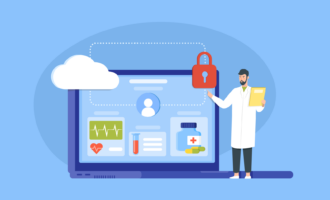
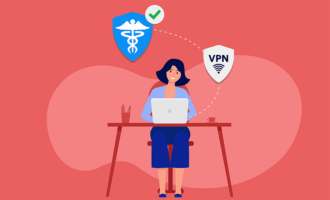



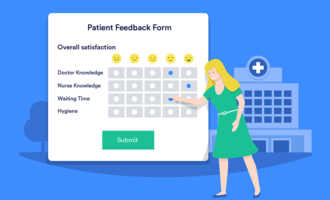
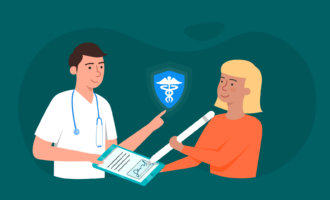
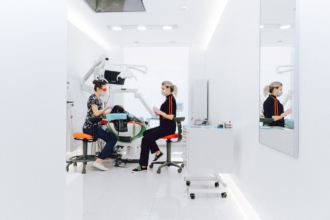






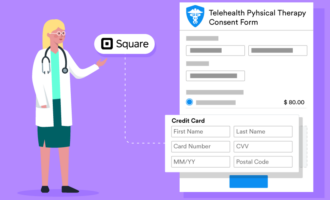

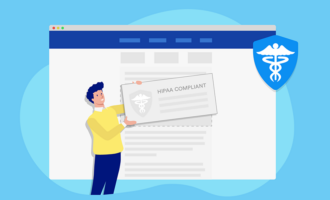


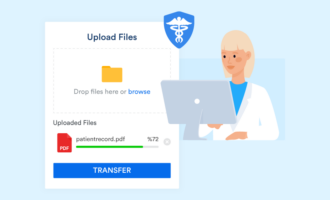




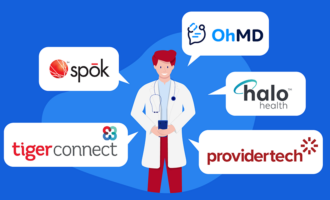


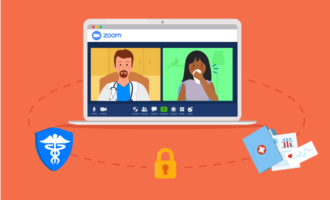






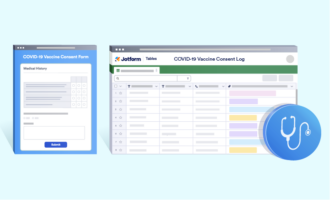

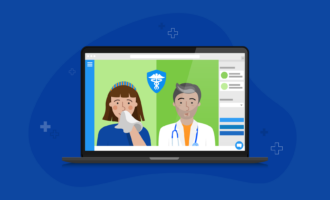








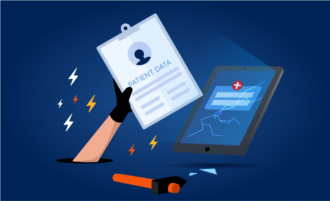




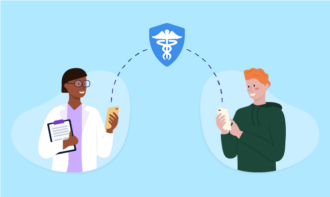
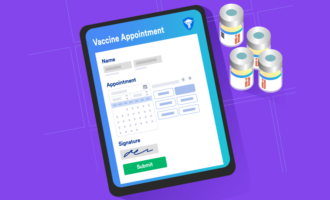
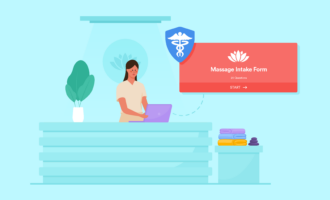


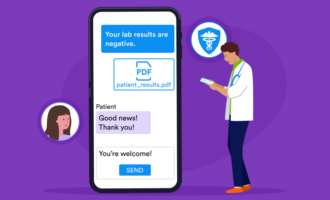





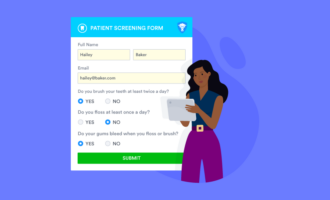



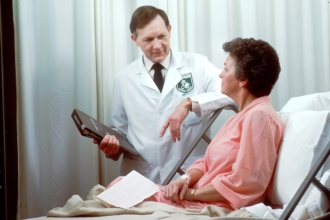











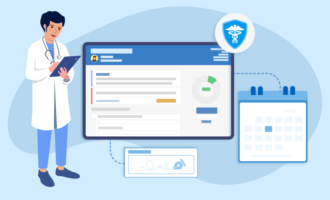


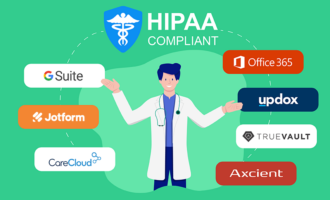

















Send Comment: